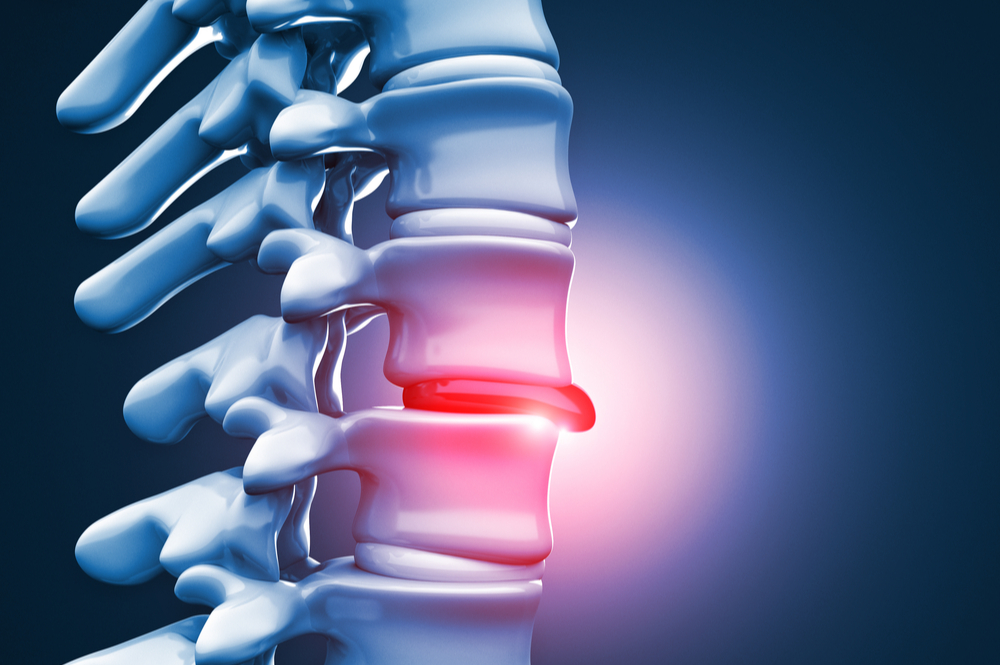Experiencing pain can be an challenging and isolating experience, impacting all facets of everyday life. Whether it's long-lasting back pain that persists for years or acute discomfort from an incident, finding successful strategies is crucial for restoring normalcy and improving quality of life. With advancements in medical science and a greater understanding of the nature of pain, innovative pain management services and treatments are now more accessible than in the past, offering hope to many people struggling with their pain.
This comprehensive guide examines what pain management is and looks into the different kinds of pain, treatments, and emerging therapies. From physiotherapy and chiropractic care to complementary therapies like acupuncture and CBD, we will discover a plethora of options that can give relief. By grasping the basics behind pain and looking at both mainstream and integrative approaches, individuals can make thoughtful decisions about their pain management strategies and take active measures towards a better future.
Comprehending Pain Control

Pain management is a comprehensive approach aimed at minimizing discomfort through various therapies and modalities. It focuses on not only the symptoms but also the underlying causes of pain, concentrating on enhancing well-being for people dealing with both acute and chronic pain conditions. By blending techniques from healthcare, mental health, physical therapy, and complementary treatments, pain management strives to provide a all-encompassing solution that caters to the specific needs of patients.
Different types of pain, whether acute or persistent, require tailored management strategies. Acute pain generally arises from an injury or surgery, signaling the body to guard itself, while chronic pain persists beyond the normal healing process, often becoming a disorder in its own right. Knowing the distinctions between these types allows healthcare providers to recommend appropriate interventions, from pharmaceuticals and physical therapy to lifestyle modifications, ensuring that patients receive appropriate care based on their specific circumstances.
Pain management clinics play a crucial role in assisting patients through their process towards pain relief. These focused facilities offer detailed evaluations and personalized treatment plans, utilizing various interventional techniques and therapies. By working collaboratively with healthcare professionals, patients can investigate innovative solutions, gain understanding into their pain mechanisms, and ultimately encourage a sense of empowerment in managing their pain.
Creative Therapeutic Methods
Recent advancements in pain management have led to advanced treatment methods that offer new hope for those suffering with chronic discomfort. One exciting method is interventional pain management, which includes techniques like nerve blocks and radiofrequency ablation. These non-invasive procedures focus on specific pain pathways, providing sustained relief without the need for traditional medication. By focusing directly on the source of pain, patients often experience lessened symptoms, allowing them to regain control over their daily lives.
In furthermore to interventional methods, regenerative medicine is rising as a transformative option for pain management. Treatments involving stem cells and platelet-rich plasma (PRP) are being studied for their ability to heal damaged tissues and reduce inflammation. These therapies aim to harness the body’s natural healing processes, potentially offering long-term relief for conditions such as arthritis and tendonitis. As research continues in this area, patients may discover themselves with more efficient and natural alternatives to conventional treatments.
Another innovative approach gaining traction is the integration of technology into pain management practices. Techniques such as Transcutaneous Electrical Nerve Stimulation (TENS) therapy utilize electrical stimulation to disrupt pain signals and promote circulation. Additionally, wearable devices and mobile applications that log pain levels and provide feedback are helping patients and healthcare providers make more knowledgeable decisions about treatment plans. By embracing these modern technologies, pain management can become more personalized, enhancing the overall well-being for individuals living with chronic pain.
Living Style and Whole-Person Approaches
Implementing lifestyle modifications can greatly enhance pain management methods. Regular physical exercise plays a key role in relieving chronic pain by building muscles, boosting flexibility, and triggering endorphins that act as natural painkillers. Engaging in low-impact exercises such as swimming, hiking, or yoga can be notably beneficial for individuals with certain conditions like arthritis or back pain. Additionally, keeping a healthy weight through balanced nutrition lessens stress on joints and can alleviate discomfort.
Diet also plays a crucial role in controlling pain. Embracing an anti-inflammatory diet rich in produce, greens, whole grains, and healthy fats can help diminish chronic pain levels. Foods such as oily fish, fruit, turmeric, and green leafy vegetables contain properties that counter inflammation. why not check here to avoid processed foods high in sugar and trans fats, as they can worsen pain and inflammation. Consulting with a nutritionist can provide customized dietary plans that match with individual needs.
Mindfulness practices, including thoughtfulness and calming techniques, have shown effectiveness in controlling pain perception. Stress often aggravates pain symptoms, making de-stressing strategies crucial for emotional and psychological well-being. Mindfulness meditation encourages individuals to focus on the present moment and observe their pain non-judgmentally, which can lead to reduced emotional distress associated with chronic pain. Integrating practices like deep breathing, progressive muscle relaxation, or even moderate yoga can cultivate a holistic approach to pain management, promoting both bodily and mental health.
